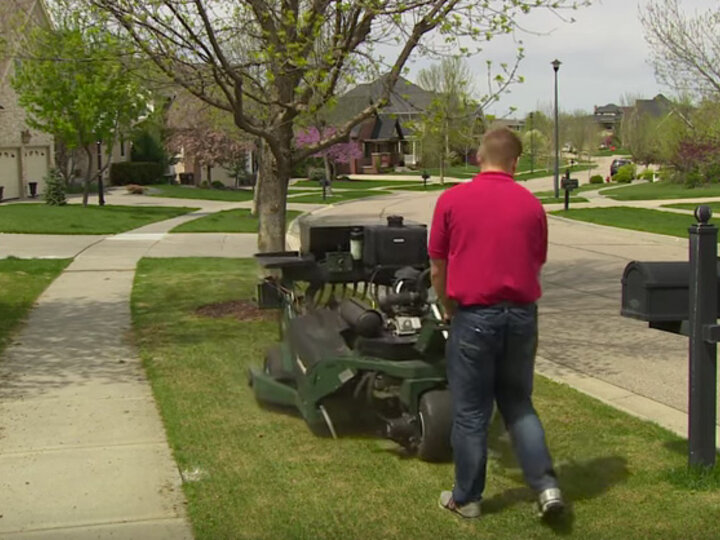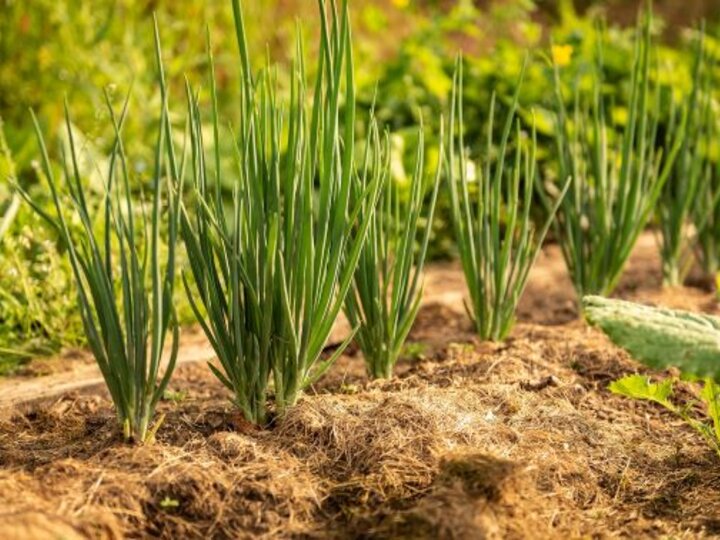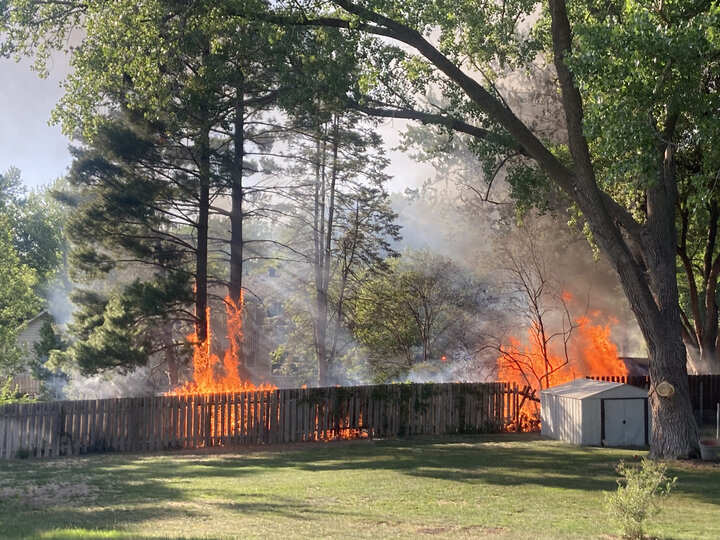Landscapes which are sustainably designed, installed and managed provide us with many benefits. Sustainable landscapes conserve water, lower the rate and volume of runoff water from rain, snowmelt and irrigation, and help reduce the amount of pollutants reaching the surface and ground water. Read on to learn ways to design or change your landscape to achieve a sustainable landscape.





